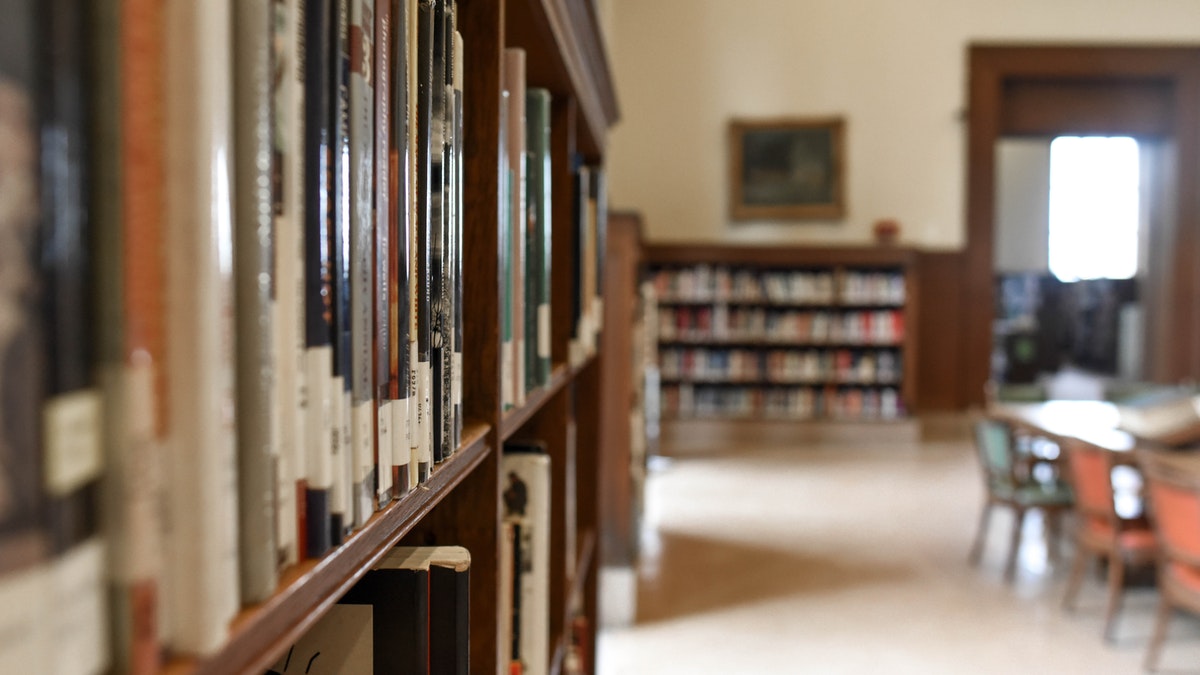There was transformation of European Society after the downfall of the Roman Empire, and the birth of a new religion called Islam which led to the founding of a vast empire that originated in West Asia and spread out over a large part of the world.
The Medieval Period is also called the Middle Age. The period which succeeded the ancient period and come before the Modern Period.
Decline of Roman Empire
Roman Empire was divided into Western and Eastern territories. The Western provinces had their capital in Rome while the Eastern provinces had their capital in Constantinople.
The Roman Empire in the west came to an end following attacks by various Germanic tribes like the Goths, Vandals, Visigoths and Franks. After overthrowing the Roman Emperor in the West in 476 AD, these invaders established separate successor states.
The Roman Empire continued to exist in the east for almost a thousand years after it had collapsed in the west. It was known as the Eastern Roman or the Byzantine Empire.
Feudalism: Political, Military and Socio-Economic Aspects
The new Germanic rulers did not completely replace the earlier systems with their own. In fact, Roman and Germanic societies came into close contact and merged with each other. As a result of this and the prevailing political and economic conditions, a new type of society was born in Europe, with institutions and systems that were quite different from either Roman or Germanic ones. The most important institution of this new society was Feudalism.
Feudalism was a hierarchical or graded organization of political sovereignty. Its structure stood like a ladder. At the top stood the king; below him stood the big lords known as Dukes and Earls. Below these lords were a number of lesser lords known as the Barons. Below these were the knights, who were perhaps the lowest lords. The lords derived their authority from and owned their loyalty to the lord just above them and were known as the vassals of their lord. Political power was widely dispersed unlike in the Roman Empire where it was concentrated mainly in the hands of the king.
In return for the protection that a vassal received he was bound to perform various services for his lord. This mainly included military services which meant that the vassal had to provide a certain number of troops whenever required by the lord.
The entire landed estate over which a feudal lord had control was known as the manor. The manor was a self-sufficient economic unit. This means that almost all articles of everyday use were produced and consumed on it.
Change in Feudal Economy
Prosperity and Crisis in Medieval Europe
The few centuries after the collapse of Roman Empire were marked by a low level of economic life. This was also a period of political change and turmoil. There was a decline in town life, trade and monetary exchange. Technology used in agriculture was backward and agriculture yields were low. These conditions lasted till about the 10th century AD.
After the 10th century, the feudal system of production underwent significant changes. There was an increase in agricultural fields as the system became more and more stable. A new plough was introduced which was heavier, had wheels and was drawn by a team of oxen. Along with the expansion in agriculture the period from the 10th to the 12th century also witnessed the revival of trade and the growth of town life.
The tendency towards growth reached its limits by the end of the 12th century. Significant changes could be noticed in the feudal system by the 13th century which witnessed a reversal of the process of growth. The period of economic growth and prosperity resulted in a rise of population. Due to abundant labor, labor-serving technology found few investors.
The reduction in labor services and technological stagnation in agriculture together with other factors brought down agricultural yield very sharply. Food shortage and famines began to occur. Epidemics of plague broke out. All this resulted in an overall decline in the agricultural economy whereas there was growth of a money economy, urban centers and trade.
Arab Civilization During Medieval Period
Arabia is a peninsula of deserts. Before the founding of lslam, most Arabs were Bedouins, that is, wandering camel herdsmen. Their main source of livelihood was pastoralism and the produce of the desert oases such as dates.
There was an ongoing war between the two dominant neighboring empires of Arabia - the Roman and the Persian. Because of these wars, Arabia become a safer transit route for Caravans going between Africa and Asia. The most prominent of these was Mecca which lay on the junction of some major trade routes. Prophet Muhammad who spread Islam was born in Mecca in to the Quraish tribe in 570 A.D. He grew up to be a prosperous trader, entering the service of a rich widow Khadija, whom he later married.
The word "Islam" means absolute submission to God and adherence to faith. The followers of this faith are known as Muslim.
Society and Culture
Arab philosophy was based on the study of earlier Greek thought. Greek Philosophy was cultivated by philosophers who believed in rationality. They practiced Astrology and Medicine.

